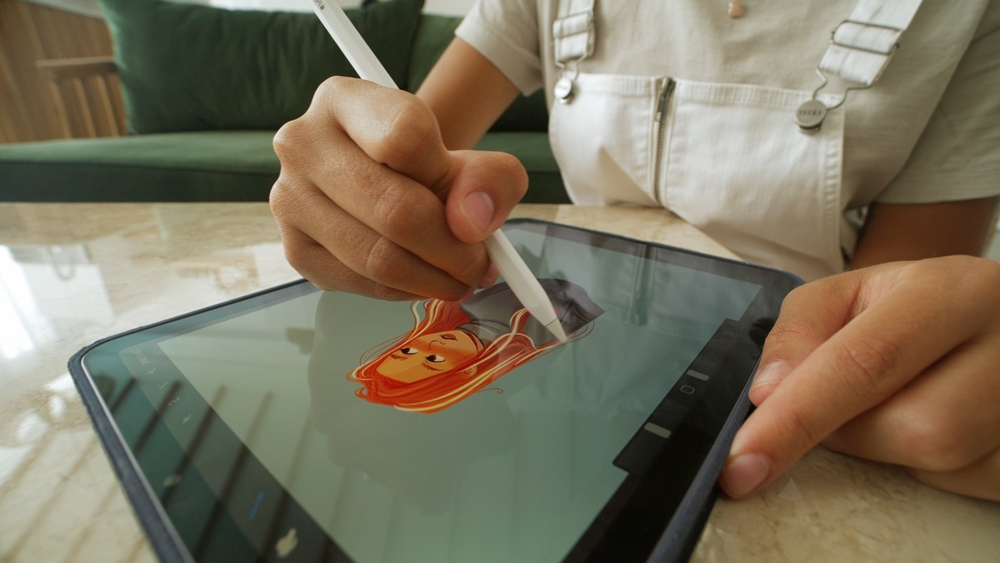Unfolding the Future: Foldable Tech in the Gadget World
Revolutionizing the way we interact with our devices, foldable tech is the next frontier in gadget design. From smartphones to laptops, the foldable form factor is reshaping the tech landscape. Here's a deep dive into this game-changing innovation. In the tech universe, evolution is a constant. From the hefty desktop computers of the '80s to the sleek smartphones of today, the form factor plays a pivotal role in defining the user experience. The latest entrant in this ever-transforming landscape is foldable tech—a design concept that combines portability with large-screen real estate.

A Flashback to the Foldable Journey
The idea of foldable electronics isn’t entirely new. In the early 2000s, flip phones like the Motorola Razr were all the rage. They offered a compact design that could unfold to reveal a full-size keypad and screen. But as smartphones with touchscreens gained popularity, the flip phone gradually faded into oblivion.
However, the concept of foldable tech resurfaced in 2019 when Samsung launched its Galaxy Fold—a smartphone that could unfold into a tablet. Despite initial hiccups, the Galaxy Fold marked a significant milestone in the tech industry, paving the way for other brands to experiment with foldable designs.
Foldable Tech in Today’s Market
Fast forward to today, and foldable tech is no longer a novelty. Several tech giants have jumped on the bandwagon, offering their unique takes on the foldable form factor. Samsung’s Galaxy Z Fold series and Huawei’s Mate Xs lead the pack in the smartphone category, while Lenovo’s ThinkPad X1 Fold is a pioneering foldable laptop.
The appeal of foldable tech lies in its versatility. A foldable phone can double as a mini-tablet, offering a larger screen for multimedia consumption or multitasking. Similarly, a foldable laptop can serve as a standalone tablet or a full-fledged workstation, depending on the user’s needs.
The Market Impact and Price Point
The market potential of foldable tech is enormous. According to a report by Research and Markets, the global market for foldable devices is expected to reach $352.3 billion by 2027. It’s clear that tech companies are betting big on the foldable future.
However, the high price point of foldable devices remains a significant barrier to widespread adoption. For instance, Samsung’s Galaxy Z Fold3 starts at a whopping $1,799, while Lenovo’s ThinkPad X1 Fold retails at $2,499. As the technology matures and production costs decrease, we can expect foldable devices to become more affordable.
The Road Ahead for Foldable Tech
Despite its promising potential, foldable tech still has a long way to go. Durability concerns and high price points are significant challenges. Moreover, for foldable devices to become mainstream, they need to offer tangible benefits over traditional form factors—not just a novelty factor.
Tech companies are actively working on these issues. For instance, Samsung’s latest foldable phones feature more robust hinge designs and improved screen durability. Simultaneously, brands are exploring innovative use cases for foldable tech—like Microsoft’s Surface Duo, which leverages its dual-screen design to enhance productivity.
In conclusion, foldable tech represents a significant step forward in the evolution of personal devices. As the technology matures, it could redefine our interaction with gadgets, ushering in a new era of flexible, versatile, and immersive experiences. The future of tech, it seems, is unfolding right before our eyes.




